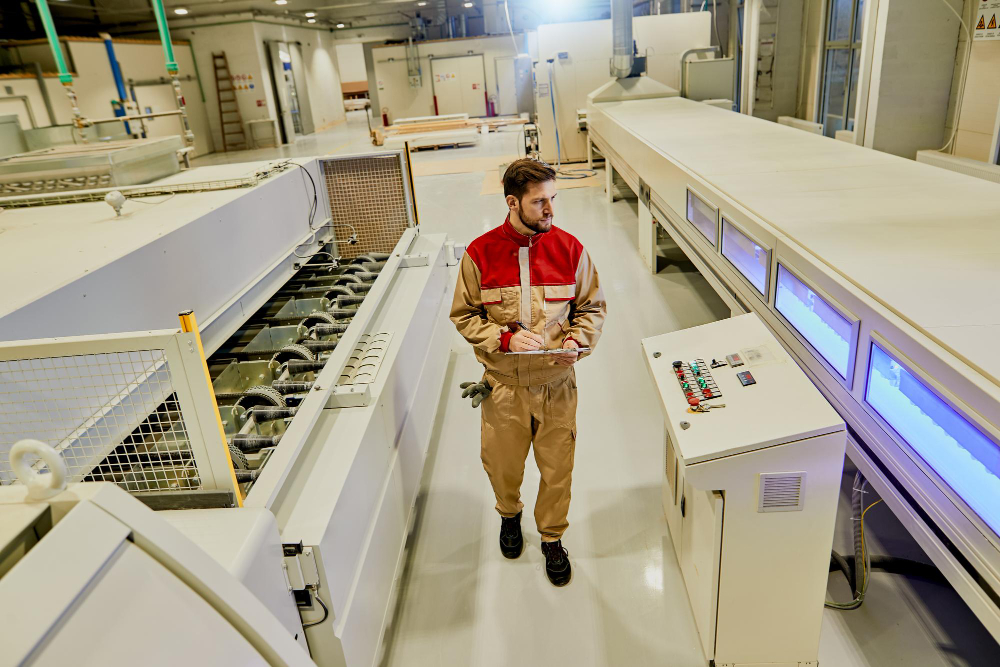Dr. Abdalla
ABB SF6 SWITCHGEAR INSPECTION & MAINTENANCE STEP-BY-STEP
Dr. Abdalla
ABB SF6 SWITCHGEAR INSPECTION & MAINTENANCE STEP-BY-STEP
:Price with Tax included
100
SAR
30 Hours -
5 Days
- 2025-01-31
- 8:0
- In person/online
Course description
Creating a comprehensive course for inspecting and maintaining ABB SF6 (Sulfur Hexafluoride) switchgear involves covering essential topics like safety protocols, troubleshooting, testing, and the steps required to ensure proper functioning and longevity of the equipment. Below is a step-by-step Switchgear plays an important role in electricity distribution and industrial system. Its performance significantly affects the overall performance of the system. Failure to efficiently disconnect faults elsewhere in the network or failure in switchgear itself is costly, resulting in additional loss of supply, damage to equipment and possibly fatal injury to personnel.
Course objectives
At the end of the program, participants will be able to:- At By the end of the course, participants will be able to:
- • Learn about SF6 (sulfur hexafluoride) gas properties and its role in switchgear.
- • Understand the environmental and safety aspects related to the use of SF6.
- • Familiarize with different types of ABB SF6 switchgear (e.g., circuit breakers, disconnectors, and load break switches).
- • Study the components and functions of SF6 switchgear systems.
- • Understand how SF6 gas is used to extinguish electrical arcs and ensure efficient switching.
- • Review the operation principles of SF6-based switchgear systems.
- • Learn to inspect SF6 switchgear equipment for potential issues (e.g., leaks, gas pressure levels, and contact wear).
- • Develop skills for visual inspections and non-destructive testing techniques.
- • Understand regular maintenance requirements and schedules for SF6 switchgear.
- • Learn about gas handling, refilling, and handling of SF6 gas during maintenance.
- • Study common troubleshooting and repair methods.
Day 1: Introduction to SF6 Switchgear
- 1.1. Overview of SF6 Switchgear
- • What is SF6 (Sulfur Hexafluoride)?
- • Role and importance of SF6 in electrical switchgear
- • Common applications (e.g., substations, industrial installations)
- 1.2. Advantages and Disadvantages of SF6
- • Benefits (e.g., compact design, high insulation properties, arc quenching)
- • Environmental concerns (e.g., greenhouse gas effects, leakage prevention)
- 1.3. Components of ABB SF6 Switchgear
- • Gas-insulated busbar (GIB)
- • Circuit breakers and interrupters
- • Disconnector switches
- • Instrument transformers and other auxiliary components
Day 2: Safety Protocols for Working with SF6 Switchgear
- 2.1. SF6 Handling and Safety Guidelines
- • SF6 gas properties and handling precautions
- • Personal Protective Equipment (PPE)
- • Gas leak detection and remediation procedures
- 2.2. Emergency Procedures
- • What to do in the case of SF6 leaks
- • Fire and electrical hazard response
- • First-aid for electrical shock
- 2.3. Environmental Impact and SF6 Disposal
- • Proper handling and storage of SF6
- • Recovery and recycling methods
- • Compliance with environmental regulations (e.g., Kyoto Protocol, local laws)
Day 3: Inspection Procedures
- 3.1. Review of Technical Documentation
- • Understanding circuit diagrams, wiring schematics, and manuals
- • Reviewing the system design and configuration
- 3.2. Inspection Planning
- • Scheduling and coordinating inspections
- • Safety checks and lockout/tagout procedures
- • Checklist for tools and equipment needed for inspection
- •
- 3.3 Visual Inspection of Components
- • Identifying potential damage (cracks, leaks, corrosion)
- • Checking for signs of wear on bushings, insulators, and interrupters
- • Inspection of gas-tightness and seals
- 3.4 Electrical Testing
- • Insulation resistance measurement (Megger test)
- • Continuity testing
- • Functional testing of switches, breakers, and relays
- 3.5 Functional Testing of Mechanisms
- • Testing the operation of the circuit breakers (open/close operation)
- • Interlock checks for switches
- • Testing of auxiliary contacts
Day 4: Maintenance of ABB SF6 Switchgear
- 4.1. Routine Maintenance Procedures
- • Cleaning and lubrication of moving parts
- • Tightening of electrical connections and terminal fittings
- • Inspection and maintenance of gas handling equipment
- 4.2. Replacing Faulty Components
- • Techniques for replacing SF6 circuit breaker contacts
- • Replacing seals, bushings, and insulators
- • Ensuring correct installation of new components
- 4.3. SF6 Gas Handling
- • Refilling SF6 gas and monitoring gas purity
- • Vacuum evacuation and re-pressurization
- • Handling and storage of used SF6 gas
Day 5: Troubleshooting and Diagnostics
- 5.1. Common Issues with SF6 Switchgear
- • Gas leakage detection and sealing techniques
- • Breaker failure and common causes
- • Control and relay malfunctions
- 5.2. Advanced Diagnostics
- • Use of diagnostic tools (e.g., SF6 gas analyzers, thermal imaging)
- • Interpreting diagnostic data
- • Step-by-step fault isolation and resolution procedures
- 5.3 Documentation and Reporting
- • Understanding compliance with industry standards (IEC, IEEE)
- • Reporting maintenance activities and safety checks
- • Preparing reports for internal or regulatory audits



